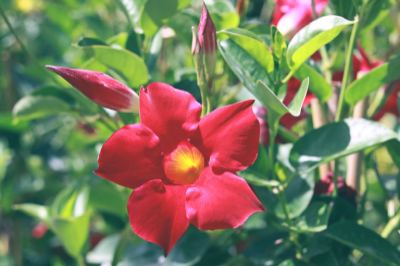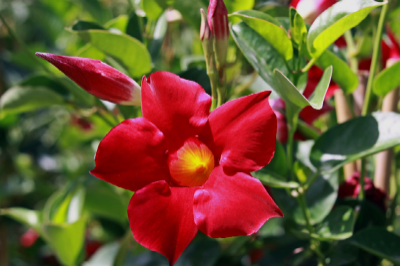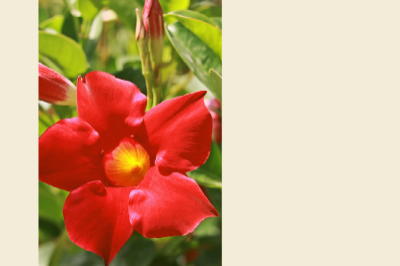Fungus on Mandevilla Plant
Mandevilla plants are rapidly growing. After removing any other causes for slow growth, you can move them to a larger pot. They require a soil that is acidic and contains a good amount of organic matter. You can amend the soil using compost and feed it twice a month with an equilibrated liquid fertilizer. Water the plant frequently, although it prefers a little drier soil. To help with humidity it is possible to moisten the leaves.
Choose a spot that is sunny and gets enough sunlight when choosing a spot for your plant. Mandevilla is tolerant of shade but it won't flower in the same way if it is exposed to too many. In the summer, you can plant it under shade trees or a the roof of your patio. Root rot can be prevented by making sure the soil is well-drained. Mandevilla plants can be killed by soil that is heavy. You should choose loose, well-drained soil with lots of organic material.


